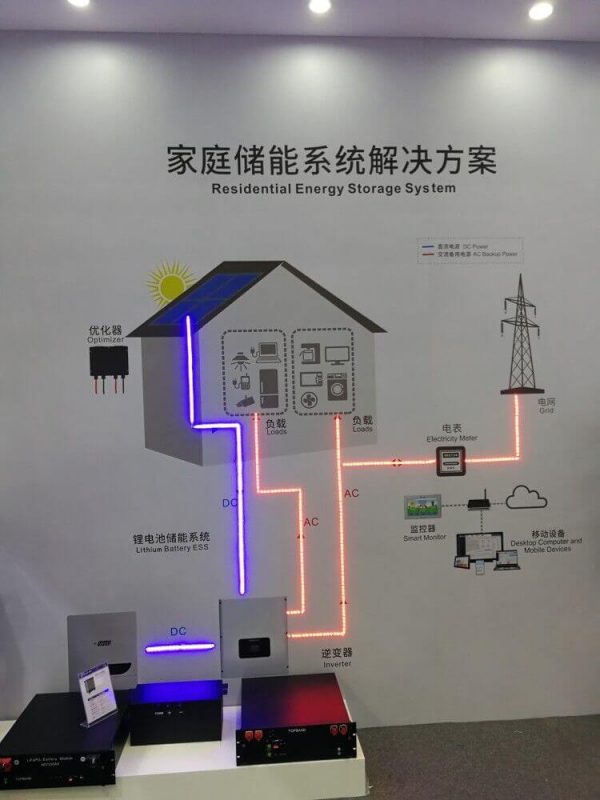No products in the cart.
Related knowledge
How can growing battery storage projects breathe new life into the grid
Over the past decade, solar power has led the way towards a more cost-effective clean energy future, Radoslav Stompf, CEO of energy solutions provider Fuergy, said in a blog post.Today, more innovation and deployment, be it electric vehicles or stationary battery storage systems, will enable the solar power industry to enter the next phase of much larger growth that can help optimize energy consumption and maximize the efficiency of renewable energy generation.
Global solar capacity has soared from 7TWh in 2008 to 125TWh in 2019, rapidly becoming a dominant force in the energy world.As the fastest growing source of electricity, it has also raised concerns among consumers and groups that want to expand renewable power generation.
Obviously, the deployment of battery energy storage system and solar power generation facilities is an effective measure to solve the intermittent generation of renewable energy.Battery storage systems can eliminate grid imbalances, solve the problem of intermittent generation from renewable sources, and replace peak power plants with fossil fuels, ultimately creating a more sustainable, reliable, and efficient energy market.
Today, with technological progress and cost reduction, the deployment of battery energy storage systems and renewable energy power generation facilities has finally reached the level to replace small and medium-sized natural gas power generation facilities, and solar power generation facilities and energy storage systems will be the dominant energy in the future.And technological innovation will play a crucial role in the deployment of energy storage.

Technological advances and rapidly falling costs are driving growth
One reason for the deployment of renewable power generation facilities with energy storage systems is that costs are falling.According to a survey published by the US Energy Information Administration (EIA), the cost of a grid-scale battery energy system deployed in the US dropped by nearly 70% from 2015 to 2018.With the development and progress of lithium ion battery technology, the performance of its energy storage system has been significantly improved.
Energy storage solutions enter the energy portfolio
Some US states are rapidly deploying energy storage solutions.On the utility side, states like California are taking the lead in deploying more energy storage systems, and countries like Lithuania in Europe are stepping up efforts.Lithuania plans to invest US $117 million to deploy a 200MWh battery energy storage system, which will be the largest battery energy storage system in the country.
At the commercial level, some large companies are also committed to developing and deploying renewable energy generation facilities and energy storage systems.Apple recently announced that more than 110 of its global manufacturing partners are now moving to 100% renewable energy, and the deployment of the storage system could facilitate the deployment of renewable energy generation facilities.The company plans to deploy one of the largest battery storage projects in the United States, with a capacity of 240MWh.
Small companies can now deploy powerful energy storage solutions, too.Fuergy, for example, has seen encouraging results with the deployment of a 432kWh battery energy storage system and a 599kW solar power facility.A Slovak textile manufacturer deployed a residential solar + energy storage system on the roof of the company’s building, with a payback period of 6.26 years compared with 13 years for the country’s solar power facilities
Consumer interest in energy storage deployments is also encouraging.The market for residential battery energy storage systems in Europe is growing significantly, with a total capacity of 725MWh being deployed in 2019.Although the outbreak has slowed the deployment of energy storage, 2021 is set to see a positive recovery.In Europe, a total 7.2GWh residential battery storage system will be installed by 2024.
In addition to storing excess energy, battery storage systems offer other significant benefits.These include frequency regulation and the provision of transmission and distribution network support.By easily integrating into smart grid structures, battery energy storage systems become a more valuable energy asset.
(Source: China Energy Storage Network)

